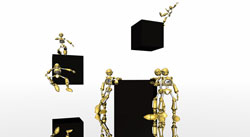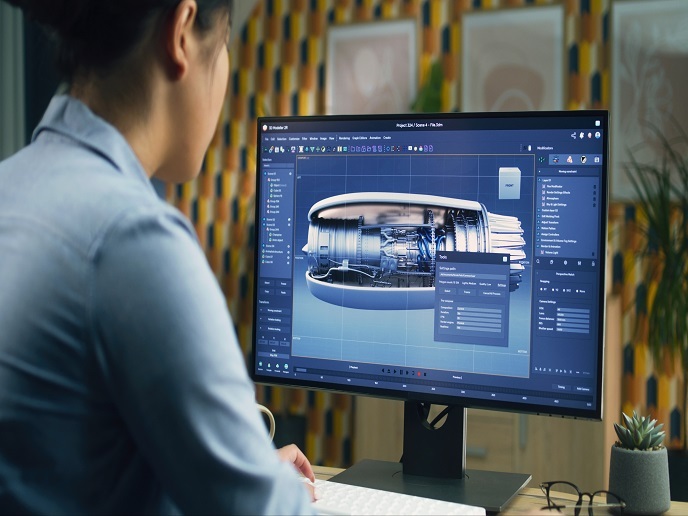Roaming about the virtual world
It's not easy to move in a virtual environment. Obstacles are encountered, narrow passages have to be dealt with, and critical decisions have to be made upon arriving at crossroads. And all this at real time while moving as fast as possible. Motion planning or path planning is therefore extremely important for navigating through virtual words. An autonomous entity needs to plan its route and its motions. Moreover, while in complex environments the already existing techniques suffice for motion planning, virtual environments are way more computing demanding and new more sophisticated algorithms must be developed. The MOVIE project has succeeded in meeting this urgent demand. Namely, the project has developed motion planning techniques capable of real time computing visually convincing motions for multiple autonomous entities navigating through complex, large and often dynamic virtual worlds. The motions look natural and are short. The algorithms allow simultaneous autonomous movement of multiple entities in the virtual world. The entities themselves may possess an internal kinematic structure, like a cartoon say capable of moving its body parts. The developed motion planning techniques find many applications. Articulated robots can now perform planning manipulation tasks possibly in combination with virtual entities. In the same context, an object can be manipulated by two or more collaborating robots. Such processes are often included in safety training applications or surgical procedures for example. The techniques applied to articulated structures capable of object manipulation are only the tip of the iceberg. Many other application areas like computer graphics, CAD, game technology, bioinformatics have used the developed algorithms. More about the MOVIE project can be found at: http://www.give.nl/movie/







